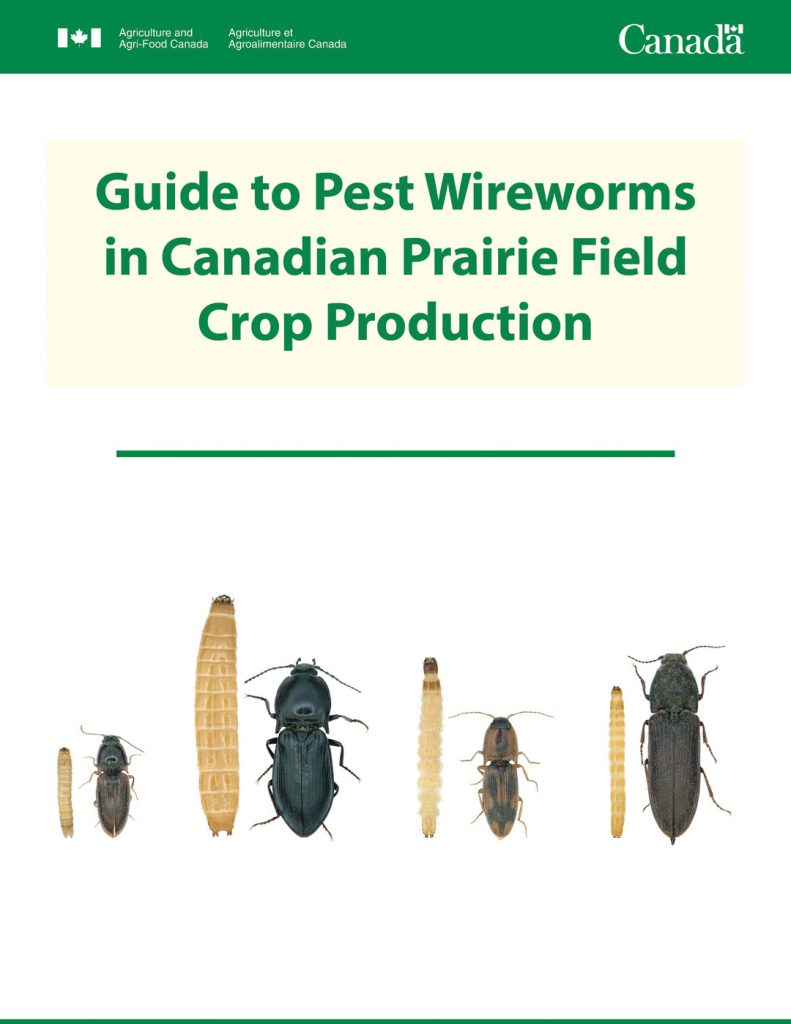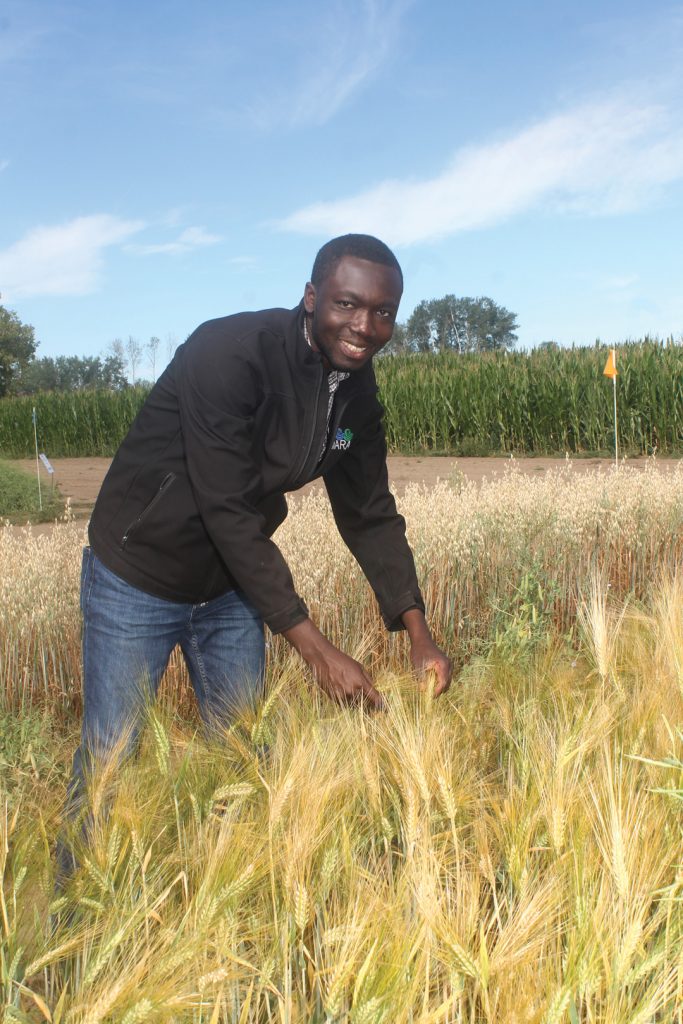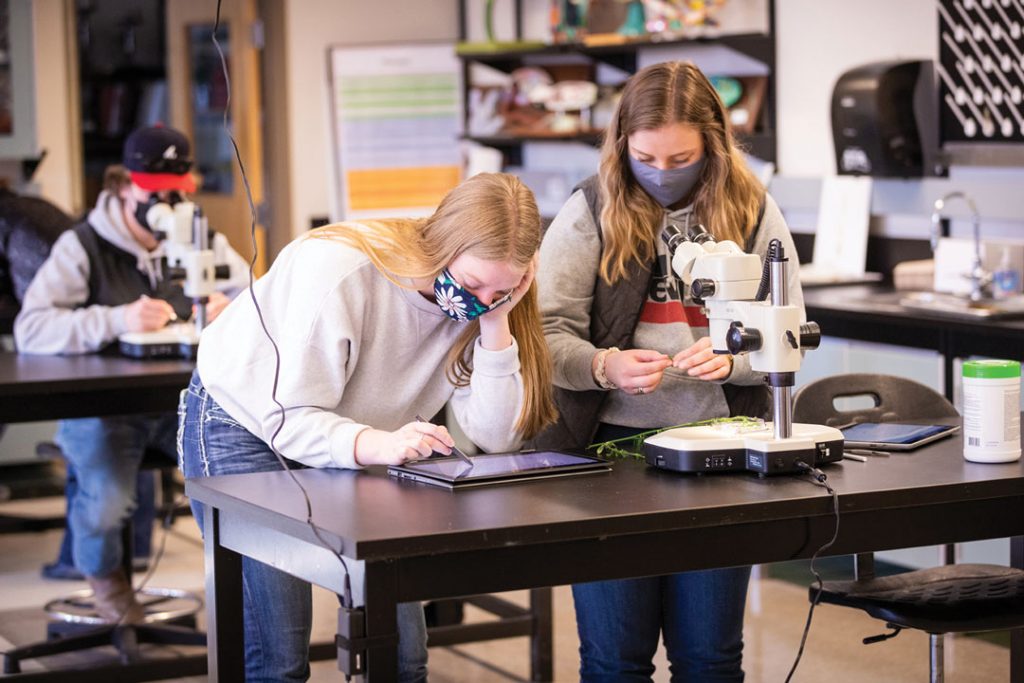BIOTECH BREAKTHROUGH
With the use of new biotechnology processes known as gene editing, a revolution in plant breeding technology is now underway. Methods such as CRISPR/Cas9, the best-known gene editing process, can carry out targeted changes within crop and livestock genes. Naturally, there is fear within the farm and agri-food sectors that foods produced via this technology will face public resistance as GMO crops once did.













